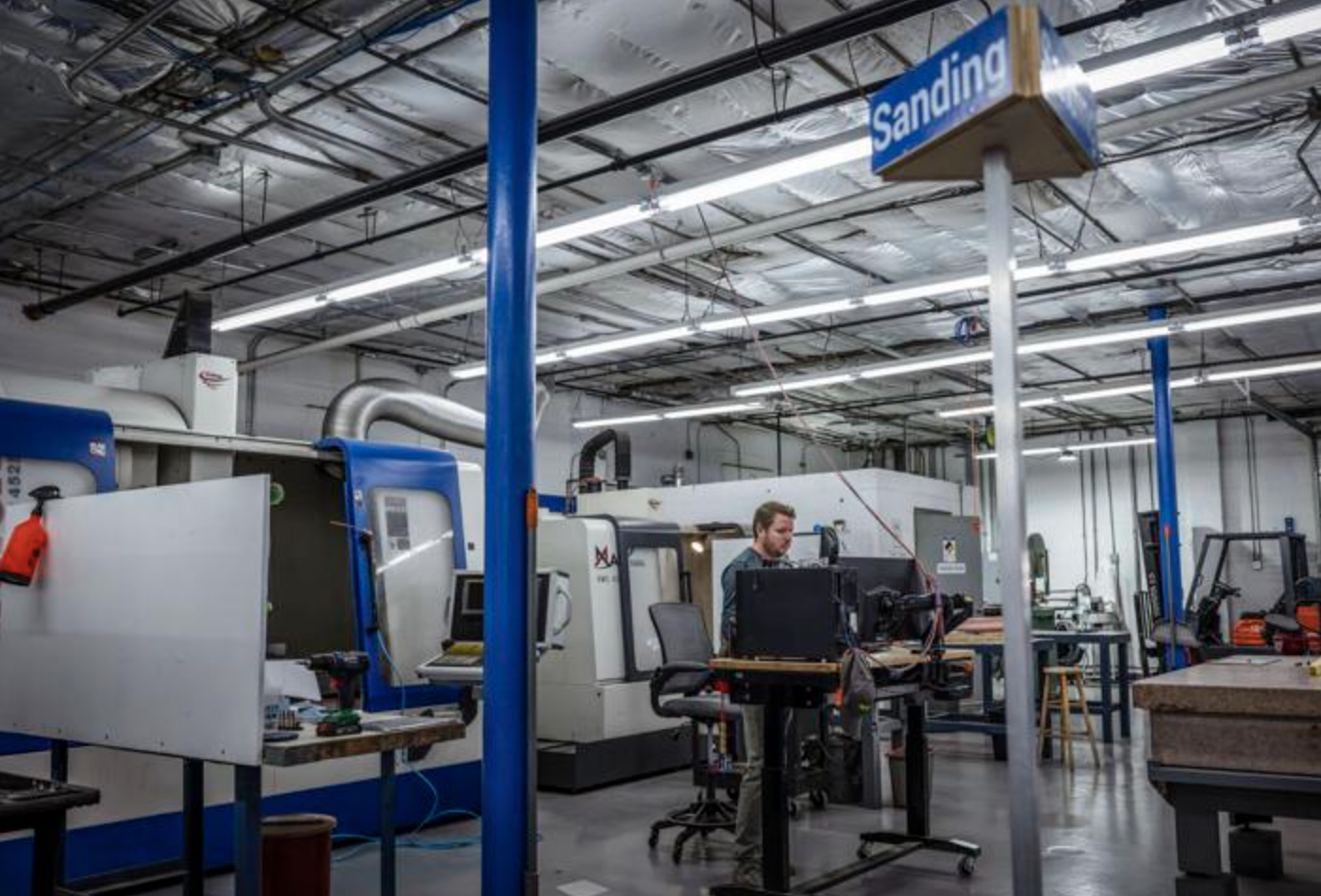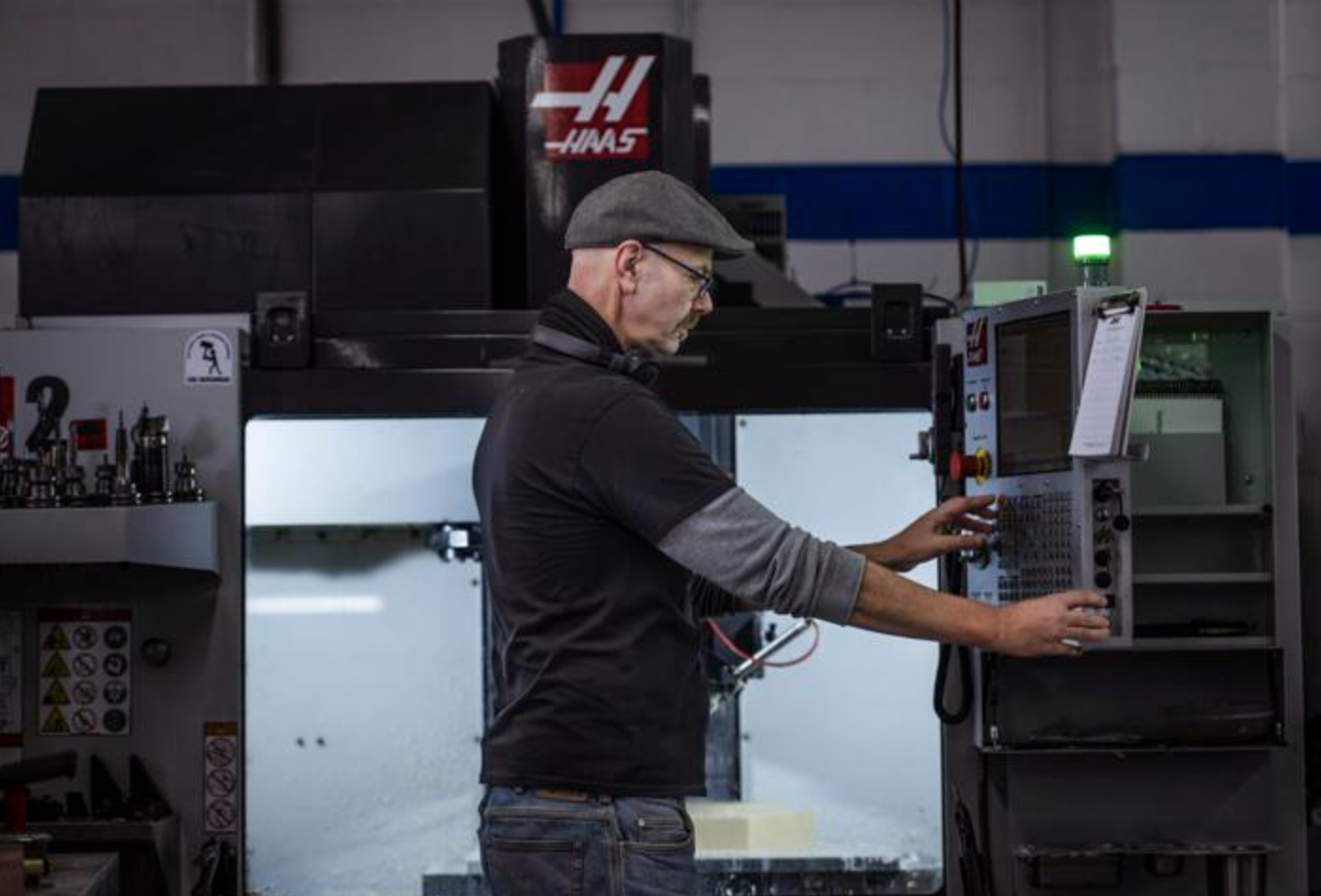FAQ: Compression Molding
Find out when compression molding is the right choice, what advantages it offers, and what kinds of parts are the best fit for the process.
When is compression molding a good option for a carbon fiber part?
- Compression molding is a great choice for medium- to high-volume parts that need consistent shape, strength, and appearance.
How does compression molding differ from other methods like hand layup or vacuum infusion?
- It uses matched metal tools and pressure to shape the part, which improves consistency and reduces production time.
What shapes, sizes, or part types work best with compression molding?
- Moderately shaped or flat parts with simple curves tend to work best with compression molding applications.
What kind of surface finish can I expect from compression molding?
- Parts typically come out of the mold with a clean, smooth finish that often doesn’t need additional sanding or coating.
How long does it take to build the tooling needed for compression molding?
- This will vary based on the workload, but tooling is typically completed within 4-6 weeks ARO.
Is compression molding cost-effective for small or medium production runs?
- Compression molding can be affordable for moderate-sized runs, especially if the same tool is used to produce multiple, identical parts.
Does compression molding include inserts or use multiple materials?
- It can!
How consistent are parts made with compression molding?
- Compression molding produces parts with a high level of consistency, especially when the process is tightly controlled.
What tolerances can typically be achieved with this process?
- Typical tolerances for composite parts range from ±0.005" to ±0.020", depending on the part geometry, material, tooling, and manufacturing method.
How does compression molding meet strength and performance needs for demanding applications?
- The compression-molding process uses controlled pressure and precise fiber alignment to create strong, reliable structural parts.



